About Colorado Air and Space Port
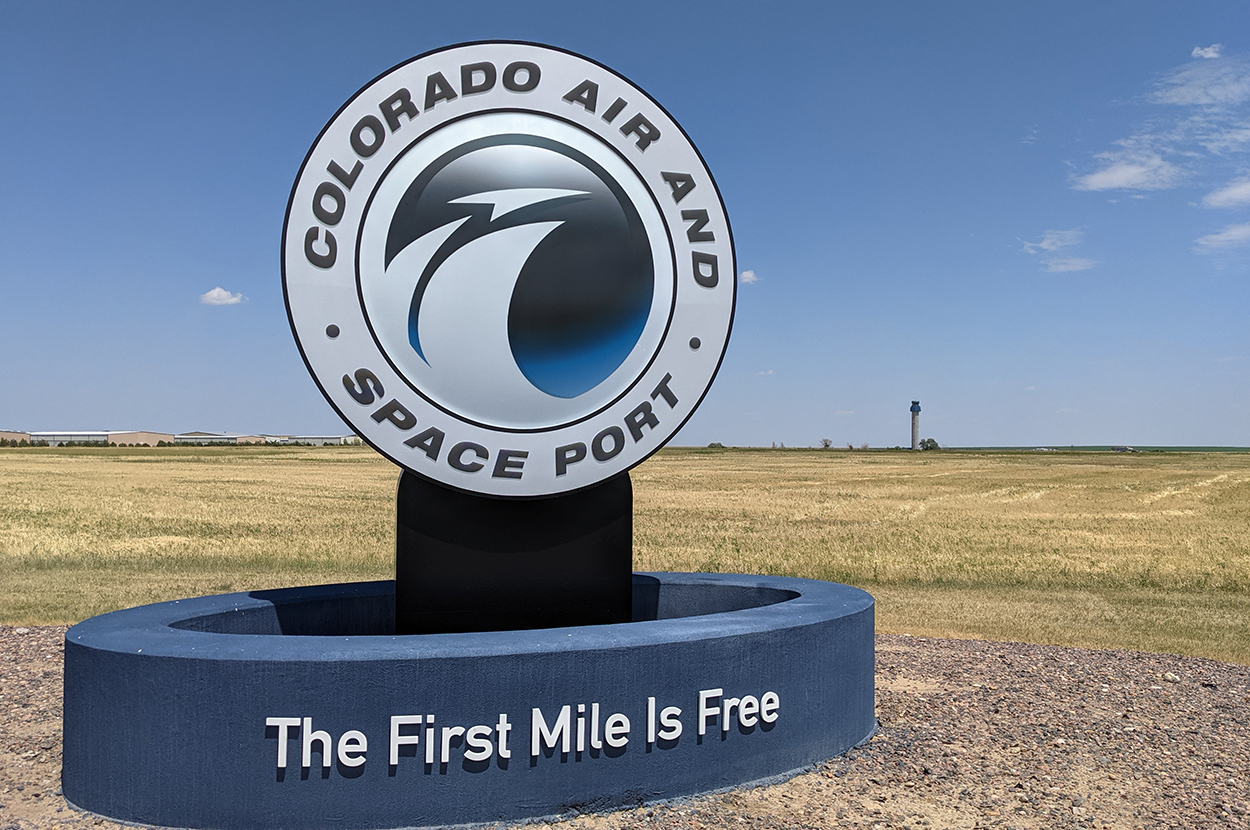
Colorado Air and Space Port (CASP or CFO) is a public-use, general aviation airport owned and operated by Adams County and one of the 12 Federal Aviation Administration (FAA) commercial spaceports in the United States that can support horizontal launch and landing operations.
Located in northeastern Colorado, Adams County is the fifth most populous county in Colorado, with a current population of approximately 520,000. As CASP’s owner, Adams County is responsible for operating and maintaining the airport in a safe condition and leasing properties within the airport boundary. CASP is located along the Interstate 70 corridor near the town of Watkins, Colorado, 26 miles east of downtown Denver and seven miles southeast of Denver International Airport (DEN). CASP is designated as a General Aviation (GA) – Reliever Airport in the FAA’s National Plan of Integrated Airport Systems (NPIAS).
Our History
In 1974, the Denver Regional Council of Governments (DRCOG) adopted the Denver Regional Airport System Plan (RASP), which projected the aviation facilities required to meet existing and future aviation demand within the region through the year 2000. When incorporating the diminishing role of Denver Stapleton Airport for general aviation usage, the RASP’s forecasted growth in aviation activity for the region exceeded those existing public and private airport facilities that were available at the time. The RASP concluded that even if the region’s existing public airports were expanded to their maximum development potential, four new general aviation airports would be required by the year 2000.
The 1980 National Airport System Plan recommended the construction of two new general aviation reliever airports in the Denver Metropolitan Region; one of these airports was Adams County Airport, which later became Front Range Airport.
On Sept. 27, 1982, Adams County Commissioners Robert Briggs, Leo Younger, and Steven Cramer created an Authority pursuant to the provisions of the Public Airport Authority Act of the State of Colorado. The Front Range Airport Authority was created to develop an economic engine for eastern Adams County by supplying an increase in air cargo and general aviation business. Construction of the airport began in 1983, and Runway 8/26 opened for service in 1984, followed by Runway 17/35 in 1985. The airport was proud to establish controlled airspace after the opening of the tallest general aviation air traffic control tower in North America in 2005.
Front Range Airport was identified as a candidate for development as a spaceport in 2011, and Federal Aviation Administration licensing began shortly after. In 2014, the Front Range Airport Authority was dissolved by Adams County, and the county assumed direct management of the facility.
On Aug. 17, 2018, Adams County was issued a license to operate a launch site (LSOL) at Front Range Airport. It was the 11th commercial LSOL issued in the United States, the seventh at an airport, and the first in Colorado. Adams County renamed the airport Colorado Air and Space Port (CASP) and changed the FAA identifier from FTG to CFO. As one of the largest general aviation airports in the country, CFO is a public-use, general aviation airport owned and operated by Adams County and is one of three reliever airports in the Denver area.
CFO is located along the Interstate 70 corridor near the town of Watkins, 26 miles east of downtown Denver and seven miles southeast of Denver International Airport (DEN). The dual-use facility is also one of 14 FAA commercial spaceports in the U.S. that can support horizontal launch operations. As Colorado’s first spaceport, CFO aims to serve as one of America’s hubs for commercial space transportation, research, and development. CFO is poised to achieve new heights of prosperity for the commercial space industry. The potential for partnerships includes more than 400 companies already operating in Colorado. These industry leaders are pioneering and supporting groundbreaking missions and research related to space and planetary science.
CFO helps drive Adams County’s economy through its spaceport activities and its support of a variety of general aviation activities such as flight training, aircraft maintenance, corporate travel, and recreational flying. CASP is home to more than two dozen businesses, including international aerospace manufacturers, research and development companies, and a fixed-base operator managed by the airport. Users of CFO have access to two 8,000-foot-long runways, three full precision instrument landing systems, and ramps on the east side and west side of the airport. With these facilities and ample room to grow, CFO is expected to continue to expand its general aviation and aerospace operations in the coming years.
Always looking to expand on its 3,349 acres of land, CFO supports local and state governments with the building of a Colorado National Guard armory, as well as the Colorado Department of Transportation Aeronautical Division and Colorado State Patrol office. CFO stands at the forefront of the future, maintaining a foothold in the technological development of sub-orbital flight and aerospace research and development.
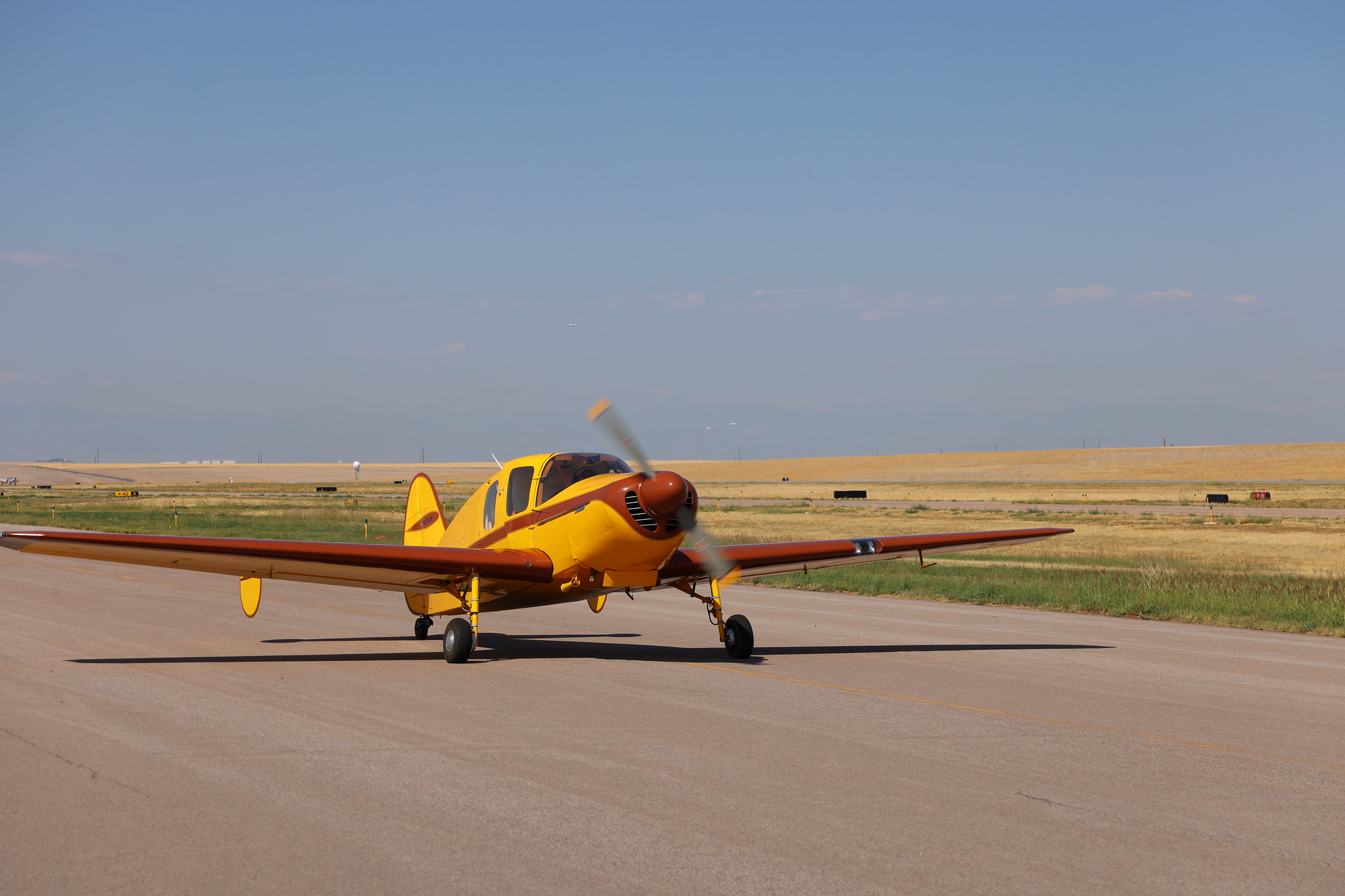
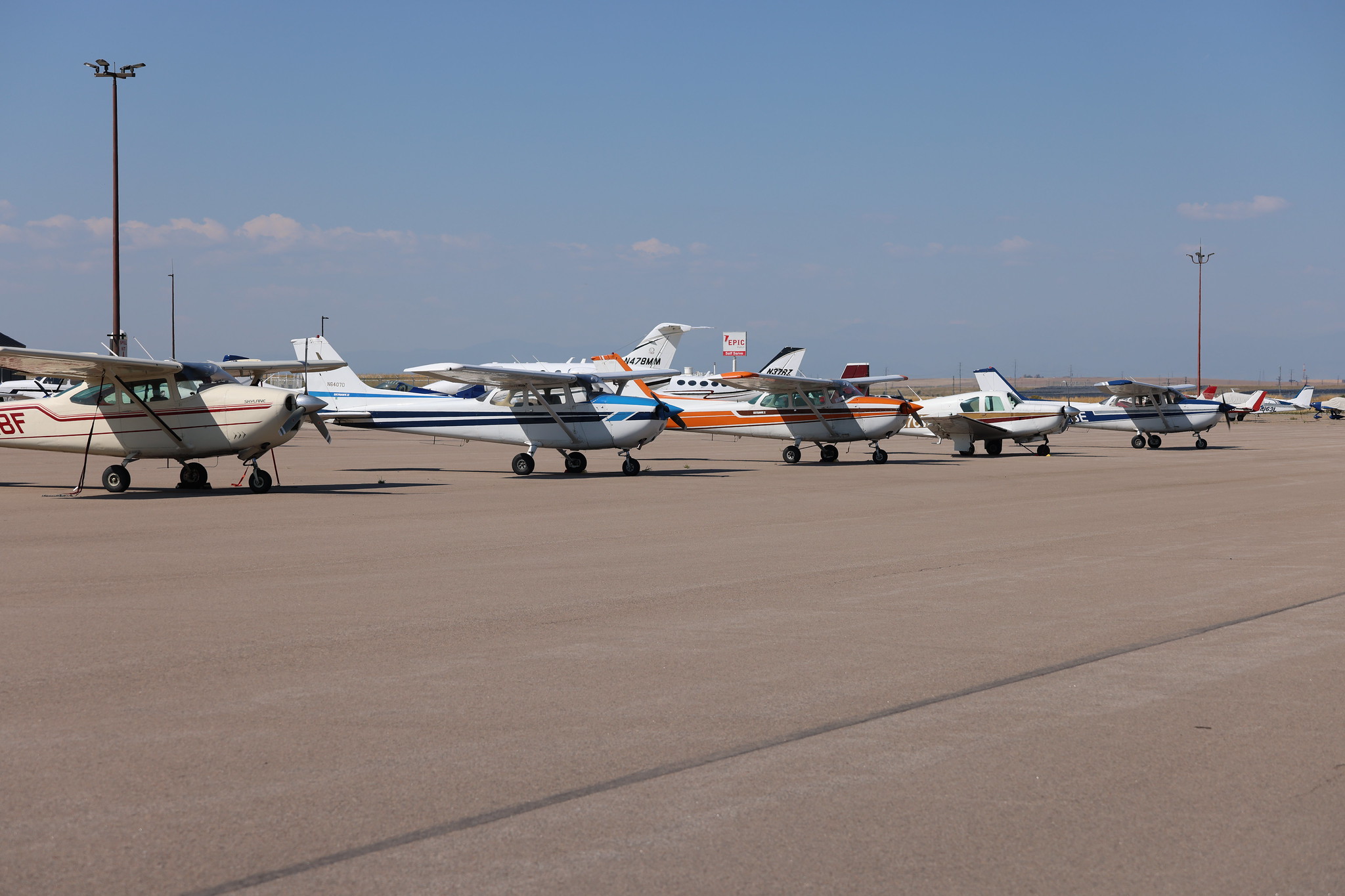
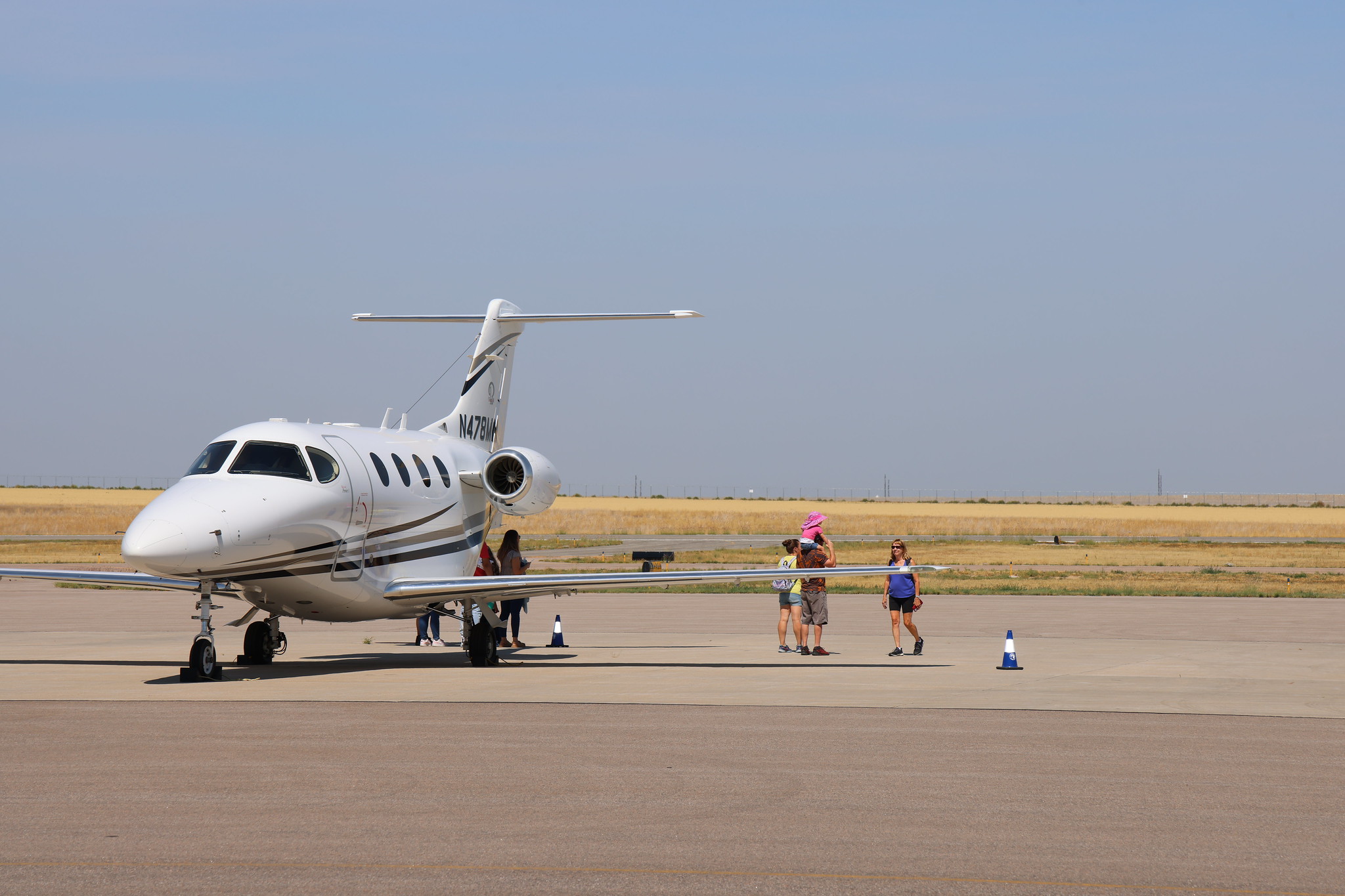
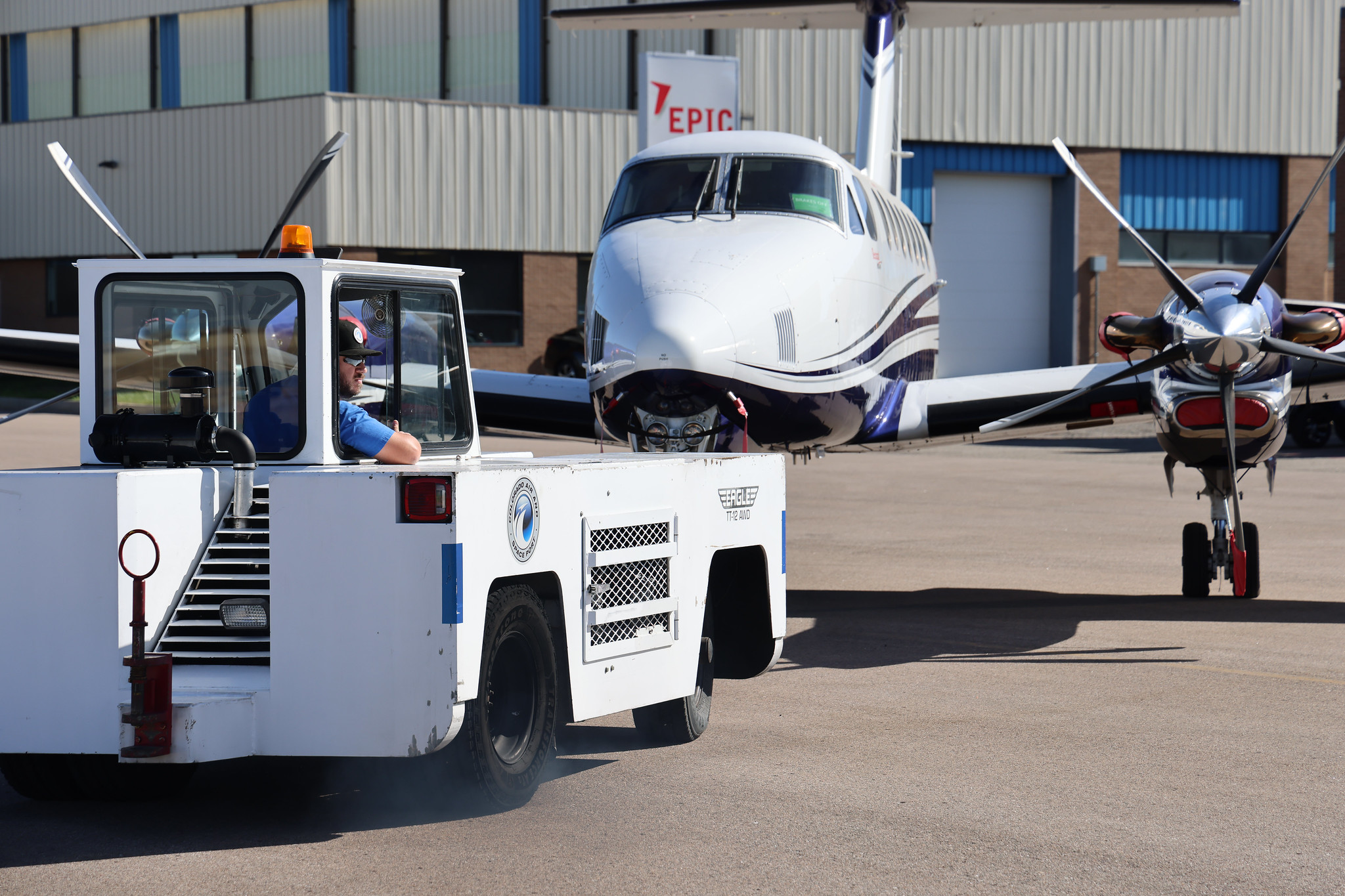
Management Directory
Contact Us
Colorado Air and Space Port
5200 Front Range Parkway
Watkins, Colorado 80137
Email Us
CASP and Administration: CFOBusiness@adamscountyco.gov
Operations & Maintenance: CFOOpsMaint@adamscountyco.gov
FBO: CFOCounter@adamscountyco.gov
Call Us
Administration/Operations: 303.261.9103
FBO Phone: 303.261.9100
Toll-free: 800.654.9136
Fax: 720.523.7301
CASP Management Directory
Click here for a complete management directory of CASP staff.
Hours of Operation
The FBO Terminal is open seven days a week from 7 a.m. to 5 p.m.
The Administrative Office hours are Monday through Friday, 8 a.m. to 4:30 p.m.
Business Development
For all business inquiries, please email CFObusiness@adamscountyco.gov or our Community & Economic Development Department at economicdevelopment@adamscountyco.gov.